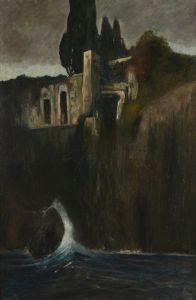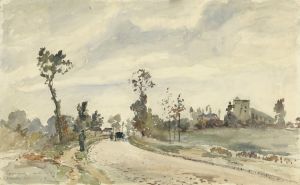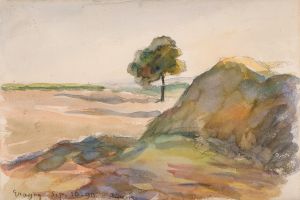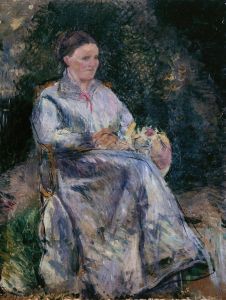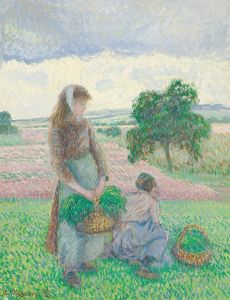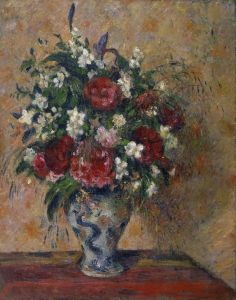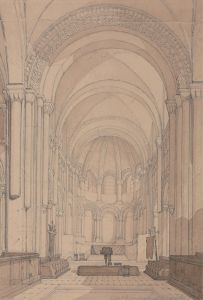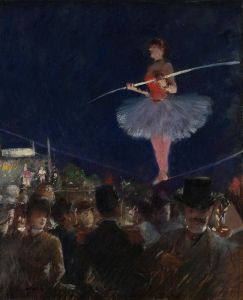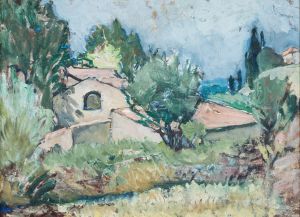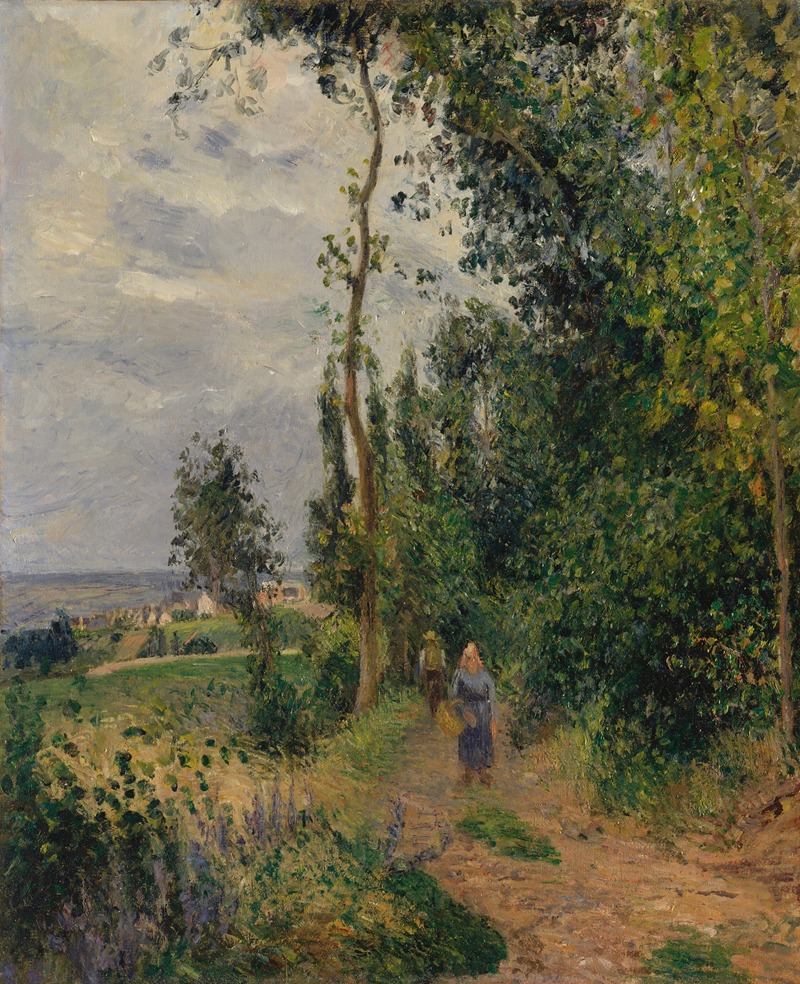
Côte des Grouettes, near Pontoise
A hand-painted replica of Camille Pissarro’s masterpiece Côte des Grouettes, near Pontoise, meticulously crafted by professional artists to capture the true essence of the original. Each piece is created with museum-quality canvas and rare mineral pigments, carefully painted by experienced artists with delicate brushstrokes and rich, layered colors to perfectly recreate the texture of the original artwork. Unlike machine-printed reproductions, this hand-painted version brings the painting to life, infused with the artist’s emotions and skill in every stroke. Whether for personal collection or home decoration, it instantly elevates the artistic atmosphere of any space.
Côte des Grouettes, near Pontoise is a painting created by the French Impressionist artist Camille Pissarro. Painted in 1878, this work is an example of Pissarro's dedication to capturing rural landscapes and the natural environment with a focus on light, atmosphere, and the everyday life of the countryside. The painting depicts a serene view of the Côte des Grouettes, a hillside area near the town of Pontoise, located northwest of Paris.
Camille Pissarro (1830–1903) was a central figure in the Impressionist movement and is often referred to as the "father of Impressionism." He was known for his innovative approach to landscape painting and his ability to depict the subtleties of light and color. Pissarro lived in Pontoise for several years during the 1870s, and the region became a significant source of inspiration for his work. The rural setting provided him with opportunities to explore themes of agricultural life, the changing seasons, and the interplay of light and shadow on the land.
In Côte des Grouettes, near Pontoise, Pissarro employs his characteristic loose brushwork and a palette dominated by natural tones to convey the tranquility of the scene. The composition includes a gently sloping hillside, dotted with trees and vegetation, leading the viewer's eye into the distance. The painting reflects Pissarro's interest in the harmony between human activity and the natural world, though the scene itself is devoid of any human figures, emphasizing the quiet beauty of the landscape.
Pissarro's time in Pontoise was also marked by his collaboration and friendship with other Impressionist painters, including Paul Cézanne. The two artists often painted side by side, exchanging ideas and influencing each other's work. Pontoise and its surroundings became a hub for artistic experimentation during this period, and Pissarro's paintings from this time are considered some of his most significant contributions to the Impressionist movement.
Today, Côte des Grouettes, near Pontoise is recognized as an important example of Pissarro's landscape painting. It demonstrates his mastery of capturing the essence of a place through light, color, and composition. The painting is held in a private collection, and its exact location may not be publicly accessible. However, it continues to be studied and appreciated as part of Pissarro's broader body of work, which has had a lasting impact on the development of modern art.





